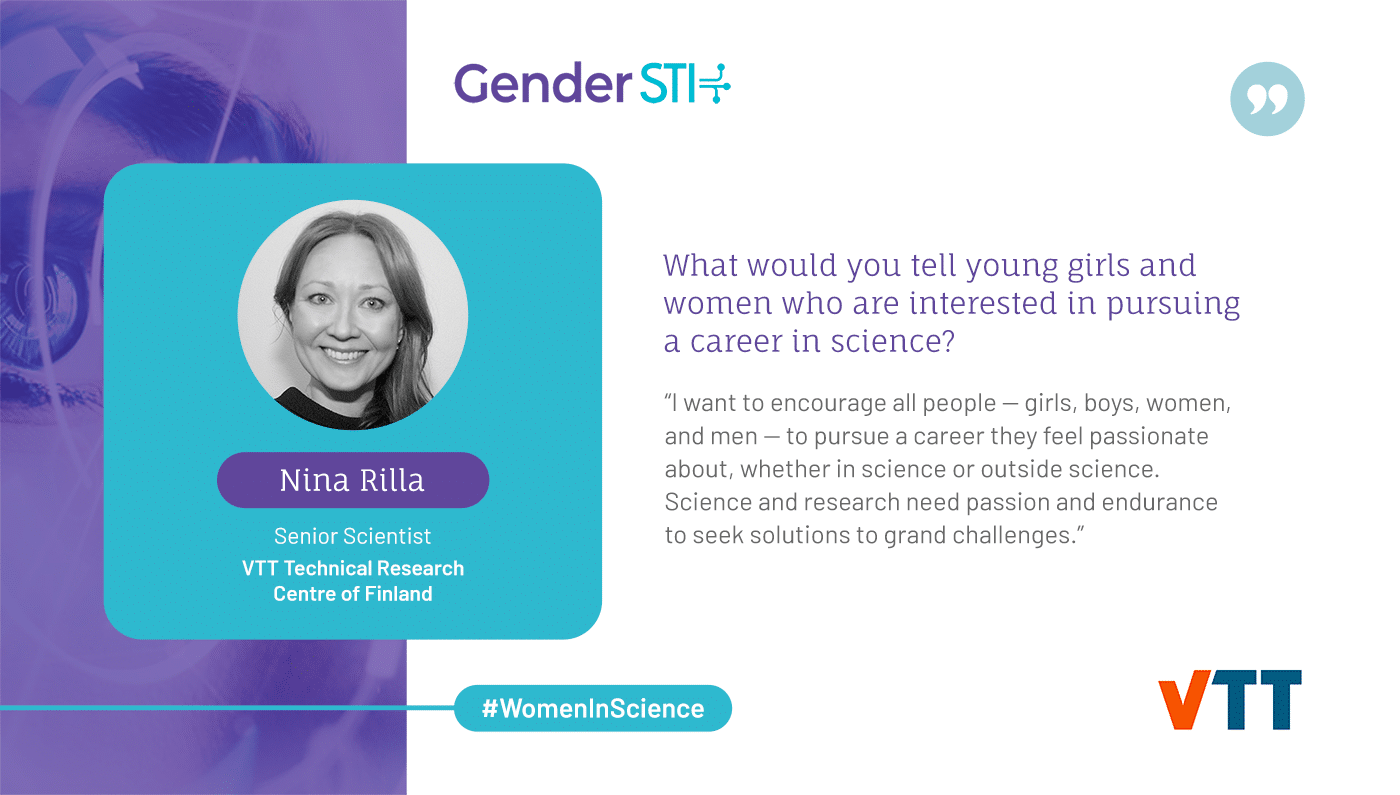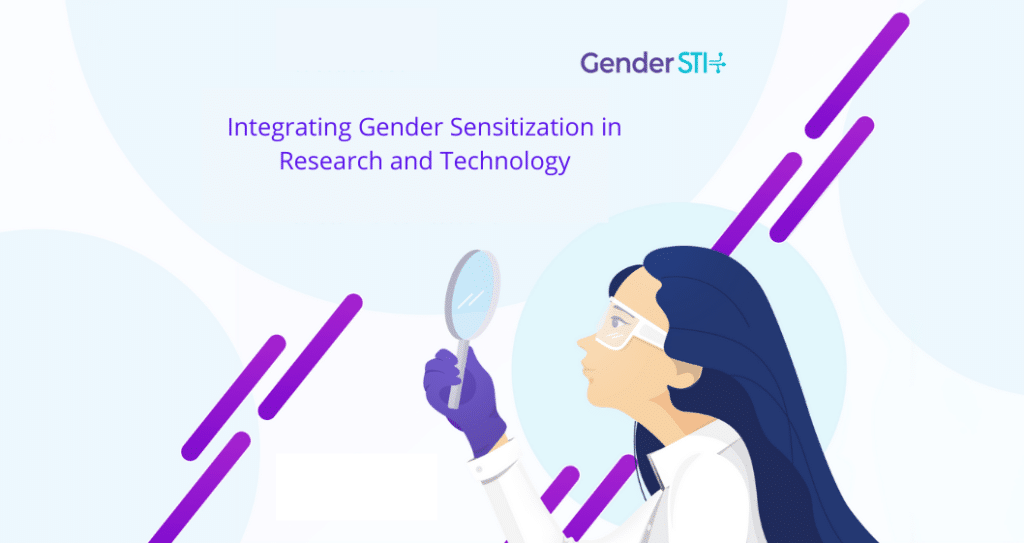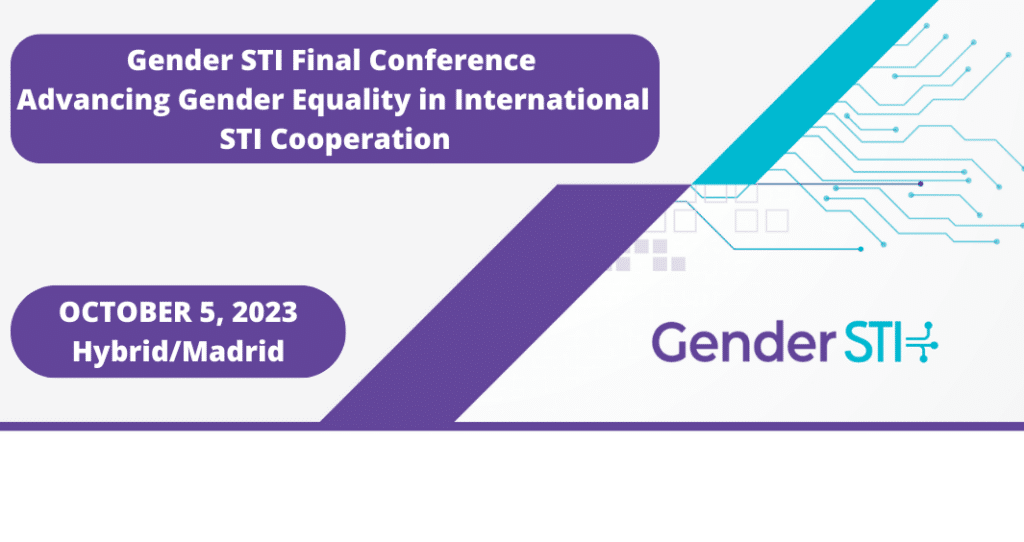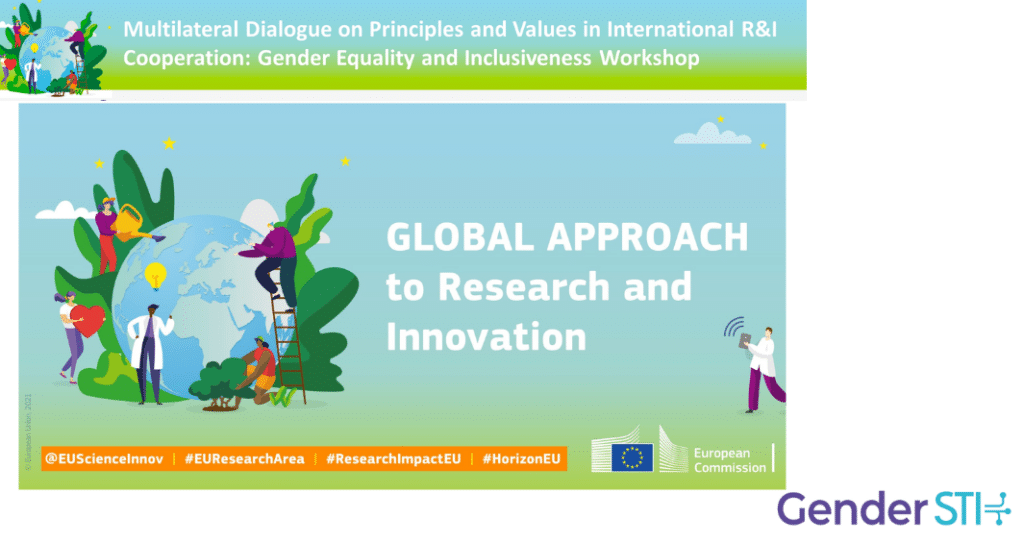This week, the world will celebrate the International Day of Women and Girls in Science on Feb. 11, which aims to promote full and equal access to and participation in science for women and girls. As part of this effort, Gender STI has launched its own #WomenInScience campaign. We talked to researchers and experts, both men and women, about why they got involved in science, what they think about current statistics on women researchers and what they think needs to be done to encourage more women and girls to pursue scientific careers.
Say hello to one of our incredible #WomenInScience, VTT Senior Scientist Nina Rilla.
What is your job position and what science field do you work in? What does your job entail?
I work as a senior scientist at VTT Technical Research Centre of Finland. My educational background is in economics and business administration, namely in internal business. Since graduating, I have worked in the field of innovation policy. Today, my work is centered on the ethics and responsibility of innovations that cover diversity, equality and gender issues, among many other aspects.
Why did you decide to pursue a career in science, and specifically in your scientific field?
I did not plan a career in science as a student, but my eagerness to learn new things and curiosity to explore different phenomena, both theoretical and empirical, led to pursue my career in research along with my studies.
According to the United Nations, currently less than 30% of researchers worldwide are women. What do you think about that?
My immediate reaction is a surprise, as in my own working environment in a Finnish technical research organisation I see many female colleagues. I do acknowledge that gender equality in Finnish science, technology and innovation is probably much better compared to many other countries.
What would you tell young girls and women who are interested in pursuing a career in science?
I want to encourage all people—girls, boys, women, and men—to pursue a career they feel passionate about, whether in science or outside science. Science and research need passion and endurance to seek solutions to grand challenges.
What message would you send to the public on the International Day of Women and Girls in Science?
Diversity and cooperation spur science, technology and innovation!



